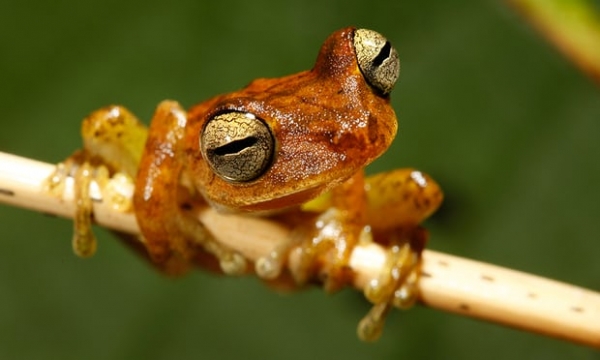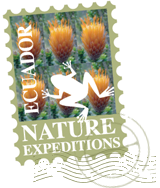But what about the Manu national park in Peru’s Amazon, which Unesco calls the most biodiverse place on Earth and was declared part of a biosphere reserve in the 1970s?
In south-east Peru and stretching for 1.7 million hectares from the tropical Andes to the lowland forest, Manu is home to extraordinary biodiversity and Harakbut, Matsigenka, “Matsigenka-Nanti”, “Mashco-Piro”, Nahua, Quechua and Yine indigenous peoples.
The WWF told the Guardian that Manu did not make its threatened list because “at the time of the analysis it did not have any large-scale commercial mining, oil or gas concessions within or overlapping with the park’s borders, and was not listed by the International Union for Conservation of Nature (IUCN) as at “high” or “very high” threat from any non-extractive industrial activities.”
However, as the Guardian has reported over the last few years, Manu and its inhabitants do face numerous threats – including from mining, oil and gas. Here is a quick rundown:
1 A highway through the park
Peru’s government is planning to build a national highway along the course of the Manu river right through the middle of the park, effectively extending a route called the PE-5S. According to transport ministry maps, the highway will run all the way to the border with Bolivia, for 700 miles (1,130km).
This would also mean entering the Bahuaja Sonene national park and the Tambopata national reserve, as well as linking up with the Inter-Oceanica highway which ultimately connects Peru’s Pacific coast to Brazil’s Atlantic coast.
2 Oil/gas operations in the park
A Guardian exposé in 2013 revealed how oil and gas company Pluspetrol was planning “geological fieldwork” in – and “the development of” – the far west of Manu, and how it had applied to enter the park in 2011 but was denied by the environment ministry agency, SERNANP, which manages it.
Pluspetrol responded to the Guardian by saying it had no interest in exploring in Manu, but reports and rumours have emerged from the region suggesting that one company or other has operated there in recent years.
In 2015 the Guardian published a leaked Pluspetrol map again showing its interest in Manu. The oil and gas industry has long eyed the park, and companies – including Shell – have conducted seismic tests there in the past.




